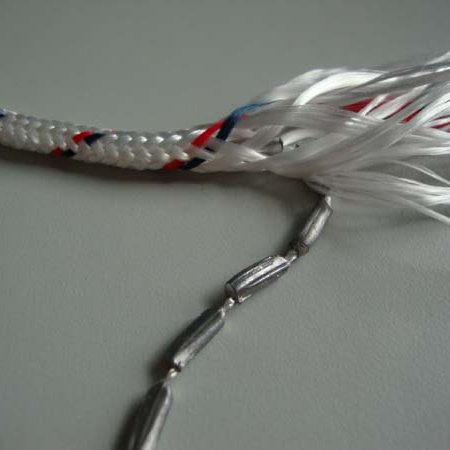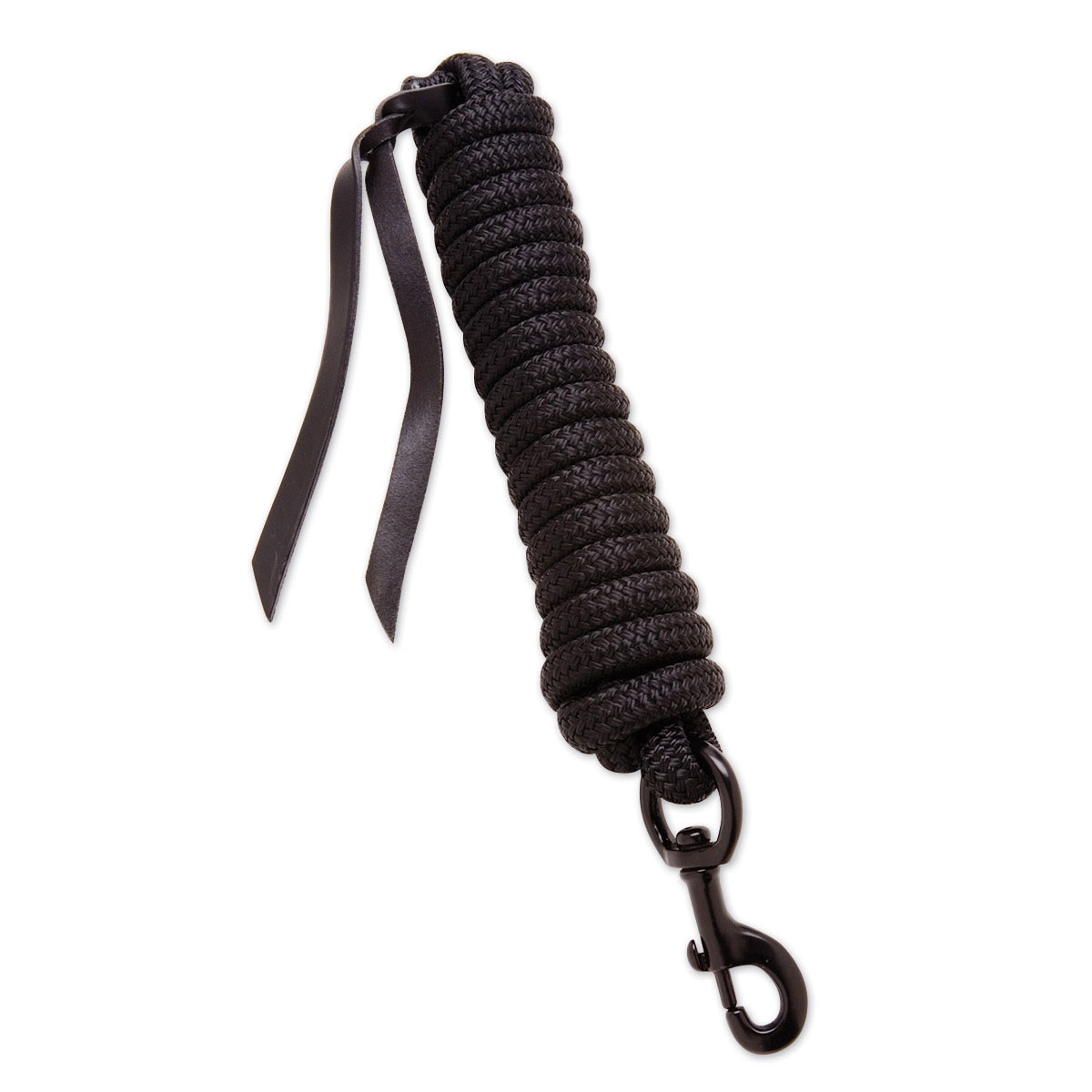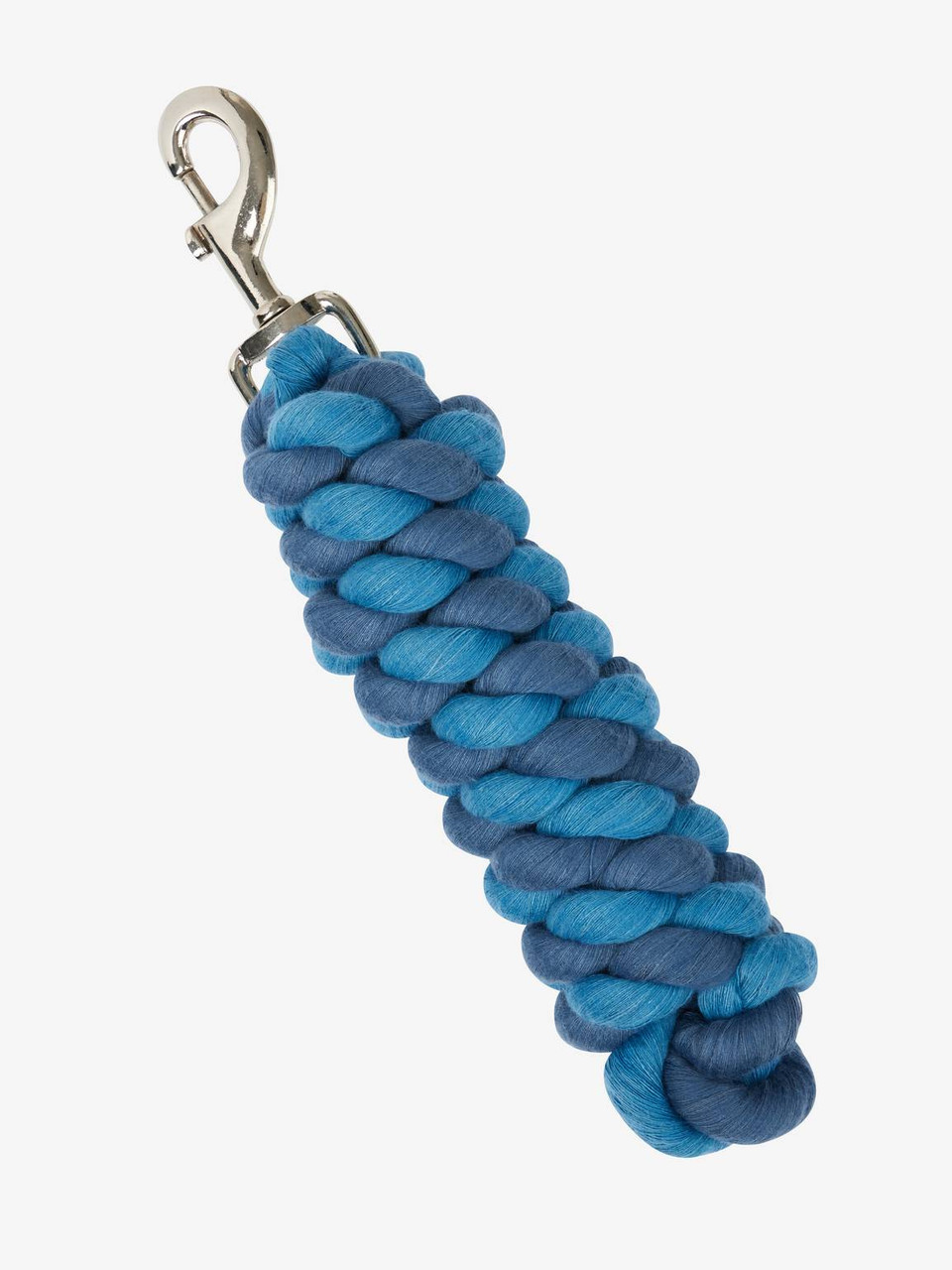Lead Rope Materials: Durability and Safety for Your Horse

When it comes to handling your horse, the choice of lead rope is crucial for both durability and safety. Lead ropes are essential tools used daily in horse care, training, and handling. Selecting the right material can impact the rope’s longevity, comfort, and the safety of both horse and handler.
Common Lead Rope Materials

| Material | Durability | Safety Features | Pros | Cons |
|---|---|---|---|---|
| Nylon | High | Resistant to abrasion and weather | Strong, lightweight, affordable | Can cause rope burns if pulled abruptly |
| Cotton | Moderate | Soft on hands and horse | Comfortable grip, natural fiber | Less durable, prone to mildew |
| Polypropylene | High | Floats on water, resistant to rot | Durable, water-resistant | Can be stiff and less flexible |
| Leather | Moderate to High | Natural grip, less likely to slip | Durable, aesthetically pleasing | Requires maintenance, can degrade |
Durability Considerations

- Weather Resistance: Materials like nylon and polypropylene withstand rain and sun exposure better than cotton or leather.
- Abrasion Resistance: Frequent rubbing against halters or rough surfaces demands a rope that resists fraying.
- Maintenance: Some materials require regular cleaning and conditioning to maintain strength and appearance.
Safety Factors
- Grip and Handling: A rope that is too slick or too rough can cause injuries such as rope burns or loss of control.
- Breaking Strength: The rope must be strong enough to handle sudden pulls without snapping.
- Flexibility: Flexible ropes reduce the risk of injury to the horse and handler by absorbing shocks.
Choosing the Right Lead Rope
Consider your horse’s behavior, environment, and your handling style. For example, a calm horse in a dry climate might do well with cotton, while a working horse exposed to wet conditions benefits from polypropylene.
Frequently Asked Questions (FAQ)
Q1: How often should I replace my lead rope?
- Inspect regularly for fraying or damage; replace immediately if compromised.
Q2: Can lead ropes cause injuries to horses?
- Yes, improper use or unsuitable materials can cause rope burns or abrasions.
Q3: Is a thicker rope safer?
- Thicker ropes can be stronger but may be heavier and harder to handle.
Q4: Are there eco-friendly lead rope options?
- Yes, natural fibers like cotton and hemp are more environmentally friendly but may sacrifice some durability.
Conclusion
Selecting the right lead rope material balances durability and safety tailored to your horse’s needs and your handling environment. Understanding the properties of each material helps ensure a safer, more comfortable experience for both horse and handler.
